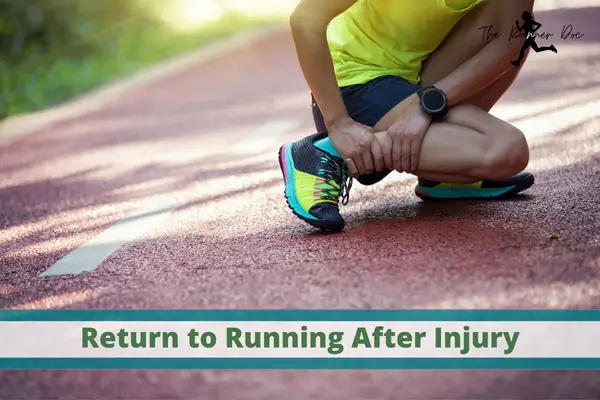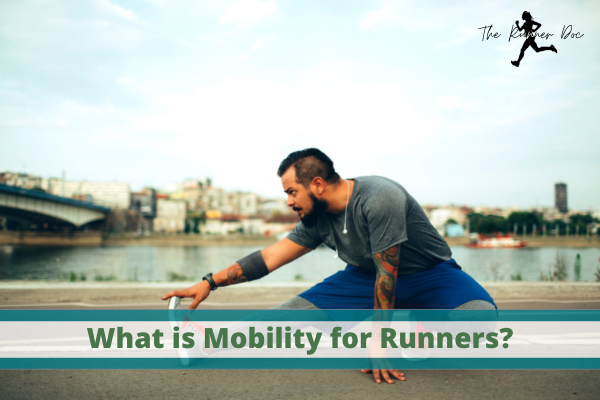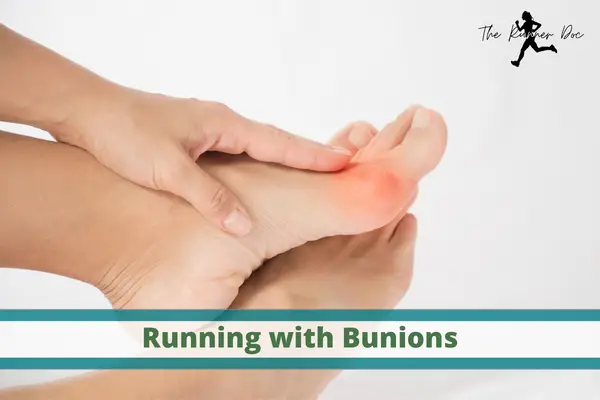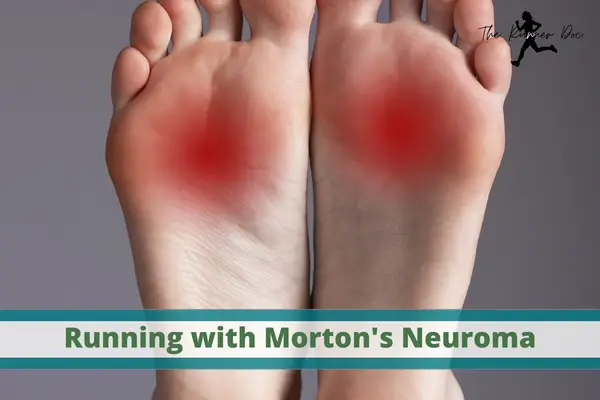Rebound and Reclaim Your Running: How to Return After Injury
How to Start Running Again
Whether you’ve experienced an injury that has caused you to take a break from running or you’re returning after an extended absence due to illness or other commitments, it can be difficult to know where to start when getting back into the swing of things. In this blog post, we will provide some tips for returning safely and effectively so that you can get back on track with your running routine.
(THIS POST PROBABLY CONTAINS AFFILIATE LINKS. OUR FULL DISCLOSURE POLICY IS REALLY BORING, BUT YOU CAN FIND IT HERE.)
Filling the Need
Picture this: You’ve just recovered from a patellar realignment surgery, stress fracture or even an Achilles rupture that kept you away from running for more than four weeks, even if it wasn’t an injury and just life that took you away from the sport. Bringing yourself back after such an injury and time off can be a daunting task as it is highly personal and non-linear with its progressions; sometimes two steps forward followed by one step backwards or even sideways!
Even if you’re visiting a physical therapist (which you should be for your best results), issues and decisions can arise suddenly. How should you start running? How much? Is that stiffness in your body normal? How much pain is too much pain?
Being able to make these decisions quickly and correctly can be the difference between getting back on track towards wellness or suffering through an injury for longer than necessary. Many therapists don’t have the answers to how to return to running or the resources to provide runner’s with a plan to get back to running.

Prerequisites to Return to Running after Injury
There are several milestones post injury that you must mark off before you can start running again or even start running in the first place. First of all, can you walk for 30 minutes and do other everyday activities such as climbing stairs and standing with a pain level of no more than 2/10? If not, then you aren’t ready to start running again.
Second, to be ready to start my return to running program is being able to do single leg and double leg hops without pain as well as several single-leg calf raises. These two activities have been shown to indicate positive outcomes and reduced injury risk in runners returning to the sport after injury.
Swelling should also be minimal or completely gone before starting a return to run program. Really, anything that causes you to not be able to complete full range of motion in an injured joint is a no-go to start running.
Return to Running Mistakes
One of the most common mistakes I see new runners make or those that are returning to running after injury or 4+ weeks off is doing too much too soon.
This can lead to increased pain and inflammation, a longer recovery time and eventually getting discouraged. The key to returning safely is taking it slow and steady. One of the best ways to do this is by using a return to running program that gradually progresses you from walking, to jogging, then running over the course of several weeks.
Another mistake that is related to the above we see are related to injuries that don’t require surgical intervention or prescribed time off from a surgeon, physical therapist, etc. The mistake is that runners start to develop an overuse injury such as achilles tendinopathy, plantar fasciitis, runner’s knee, or something similar. They follow the old (outdated and useless) advice of resting until the pain goes away during normal day to day activities. 3-4 weeks later and the pain has gone away magically! Yay!! That runner jumps back into their training program or level of training that they were previously doing and BAM two things happen.
- the pain comes back because the injury wasn’t fixed at all by rest
- the injury is even worse because you did too much too soon again
Not only did the injury not resolve but it came back even worse than it was before.
If you aren’t currently able to run due to injury and advice by a physical therapist get our cross-training for injured runners guide now!!

How to Return to Running after Injury
If you have met the prerequisites as described above and your healthcare professional has given you the green light to start running that is awesome! So happy for you and the progress you have made! Now it is time to get back to what you love. But safely.
Unfortunately you can’t just jump back into training as you were before your injury or you time away. You have to gradually and progressively start running again.
You should ideally start with a run/walk program that lasts at least 8-10 weeks to build up to a solid 30 minute run non-stop.
I recommend starting with 3 days of runs a week plus strength and mobility work. If you need guidance on how to do this I have a 10 week return to running course that helps anyone that has had an injury or time off from running get back to it. It is also a great program for beginners just starting their running journey to make sure they have lifelong success with running and build a lasting foundation of injury-free running.
Evaluating Your Pain for Running
There is tightness/soreness and then there is pain. Pain is what we want to evaluate and use to gauge or ability to continue with a running program. Here is what we need to evaluate:
- If pain is noted at the start of a run, but goes away within 10 minutes; complete the prescribed run for the day and then the next run stay at the same volume/prescription.
- If pain remains from the start and after 10 minutes or becomes worse, stop running for the day and return to the previous week/stage of the program.
- If pain is there after the prescribed workout for the day – work on mobility and stability and then go back to the previous workout that was pain-free in the plan.
- If your pain is there but moves around and does not change your stride/form then continue your workout and program as prescribed

Pain that is Okay when Returning to Running
In general, pain that allows you to continue running that day is:
- general muscle soreness
- Slight joint discomfort after workout or the next day that is gone in 24 hours or less
- Slight stiffness at the beginning of your run or walk that goes away after the first 10 minutes of movement.
- Pain that is generalized or moves around.
Pain that is NOT okay when Returning to Running
Pain that requires you to stop running for the day and pain that:
- keeps you awake at night
- noticeable at the start of a run and doesn’t go away or becomes worse, especially if it goes over the 5/10 pain mark
- Changes the way you are running
- is joined by swelling
- is sharp and consistent in location.
Know How to Return to Running After a Break or Injury
Returning to running is more complex than just starting to run again. Most runners start their journey by just running and “figuring it out” as they go. But likely, that is what got you injured in the first place or burnt out that made you take time off from running.
Running healthy and without injury is so much more than just running. It requires you to do all the things. You need to work on mobility, strength, running form, rest, and nutrition. You need to have a well-planned program that works on keep your body healthy from all aspects.
That is exactly what my 10 week program does. It teaches you the basics to stay healthy and injury free throughout your running lifespan. The only thing it doesn’t cover is the nutrition aspect, because I’m not a Registered Dietitian, check out Featherstone Nutrition or The Running Dietitian for help in that area.
But in this program you will learn the basics of all the other aspects of running. From strength to form drills and all the little things that keep you injury free and running for life!
If you aren’t currently able to run due to injury and advice by a physical therapist get our cross-training for injured runners guide now!!
Final Thoughts on How To Return to Running After a Break or Injury
Returning to running after a break or injury can be one of the most rewarding, and daunting, experiences of your life. But it also needs to be done properly. You need to understand what kind of pain is okay when returning to running and when it is time to stop and return to the previous stage in your program.
My 10 week return to running program covers all of the basics you need to know and do to return to running after a break or injury. From strength training, drills, form checks and more, I cover it all so that you can get back into running and stay healthy for life!
Additionally, if you cannot run due to an injury or advice from a physical therapist, my cross-training for injured runners guide is the perfect way to get started with your recovery.
No matter what stage of return to running you are at, use this program and these tips on how to return to running after a break or injury as a reference throughout your journey. With consistency and structure in place, you can make sure that your return to running is successful and injury-free.
If you are returning to running after an injury or a break, take the time and invest in yourself. Have a plan, be patient and progressive, push your limits but know when it is enough – and soon you will be back to where you were… maybe even better!
AFFILIATE DISCLOSURE
As an Amazon Associate, I earn from qualifying purchases. This post may contain affiliate links. If you use these links to buy something we may earn a commission. The Site may contain links to affiliate websites, and we receive an affiliate commission for any purchases made by you on the affiliate website using such links.
All information should be used as a tool for more knowledge on the subject topic, to use as references for later articles where applicable, or just to keep it in mind during future exercise routines or activities.
This article is not meant to give medical advice or to replace professional health care. Should any ailment occur please contact your doctor or physical therapist immediately to keep yourself safe and prevent further damage.
The author is not liable for any personal or commercial damage directly or indirectly related to the content hereof. You are responsible for adhering to local laws and regulations regarding health & safety, including proper use of equipment or safety gear, and compliance with governing healthcare associations, and state, and federal regulations.
Return To Running Training Plan
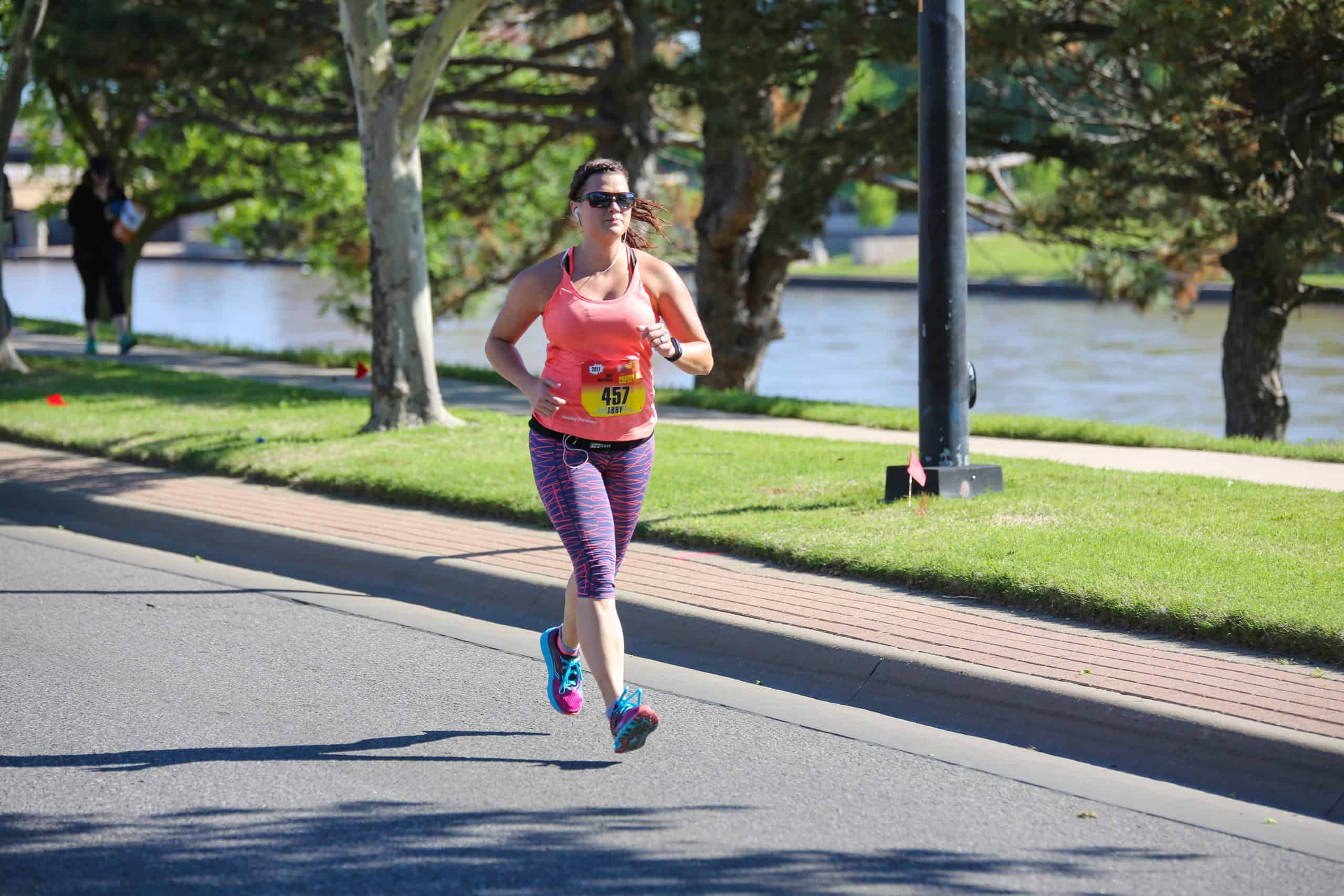
Dr. Abby Siler, PT, DPT is a Physical Therapist with 10 years of experience in a variety of settings. She has spent the majority of her time treating athletes in orthopedic clinics and worker’s compensation cases. She is a runner herself for the past 15 years and a lifelong athlete. Dr. Abby loves to teach runners how to stay injury free and out of her clinic.
